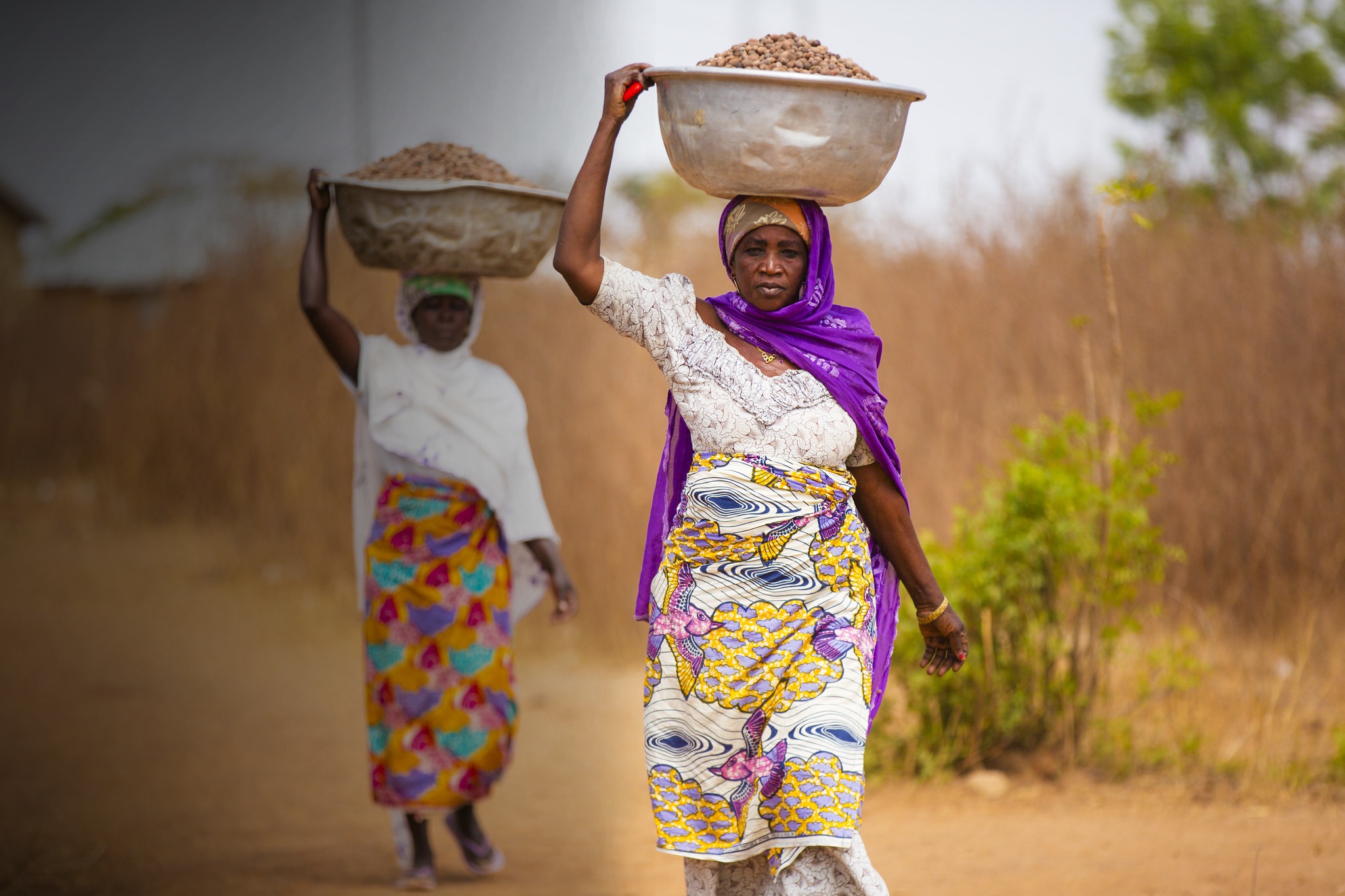Changes in land-use, population growth, and climate change spell trouble for wild plants that have fed Africans for centuries, writes Joseph Opoku Gakpo.
At Nyankpala, a small town in northern Ghana
Emmanuel Chamba, a plant breeder based at the Savanna Agricultural Research Institute, has had a
But Ghana’s Shea trees—which only grow in the wild—are struggling to survive the onslaught of increasing
And climate change is making things worse. Temperatures in northern Ghana are rising to “unbearable levels”, Chamba explains. And when it doesn’t rain, Shea trees halt their flowering. “With most of the flowers aborting, then instead of 50 fruits, you end up with 10 fruits on the tree,” he says sadly. He wants the government to grant Shea trees urgent legal protection. If not, “only God knows what will happen to the Shea”, he says.
Wild and vulnerable
Shea trees are more vulnerable to the vagaries of human development and the climate than many other important
It’s also not the only non-cultivated plant in Africa struggling to survive. Scientists estimate that about 24,000 of the 31,000 plant species considered fit for human consumption on the continent are not formally grown. Their disappearance could hit poor and rural communities especially hard, as many are considered a ‘poor man’s food’. This is one of the reasons that scientists are becoming increasingly interested in studying them.
Bello Oluwasesan, a chemist at the Federal University
One of the species Oluwasesan studies is Cyphostemma
Their fruits are a delicacy in Côte d’Ivoire and Tanzania as well. But even though they can be grown moderately cheaply in poor soils, consumers across these countries prefer to pick them from the forests, he says.
Non-cultivated plants used in food and medicine often also have strong cultural significance. In northern Ghana, some ethnic groups use Shea branches to light fires to cook meals when important people die, says Alidu Abubakar, a climate change expert in Kumasi who formerly worked with Shea Network Ghana. It is a sign of reverence for the departed to have such a valuable species used to prepare the funeral meal.
Therefore, the loss of these plants could also lead to a loss of cultural heritage. Indeed, when asking about Cyphostemma
As they become rare in the wild, scientists are redoubling their efforts to replenish stocks of non-cultivated crops like the Shea tree. Yeboah says he and colleagues at Bole substation are working on a project to produce more than 10,000 Shea seedlings with the help of the Food and Agriculture Organization. The seedlings need nursing for up to a year before they can be planted out, he says. These varieties will mature faster than their wild cousins, he says—just 10 to 12 years until fruits can be harvested.
However, there are no efforts to cultivate Cyphostemma
Joseph Opoku Gakpo is a journalist based in Accra, Ghana, who covers environment, agriculture and rural development stories for Joy FM and Joy News TV. Bello is the lead author on a review of Cyphostemma
Link to this Scientific African paper:
https://www.sciencedirect.com/science/article/pii/
S2468227618303247
